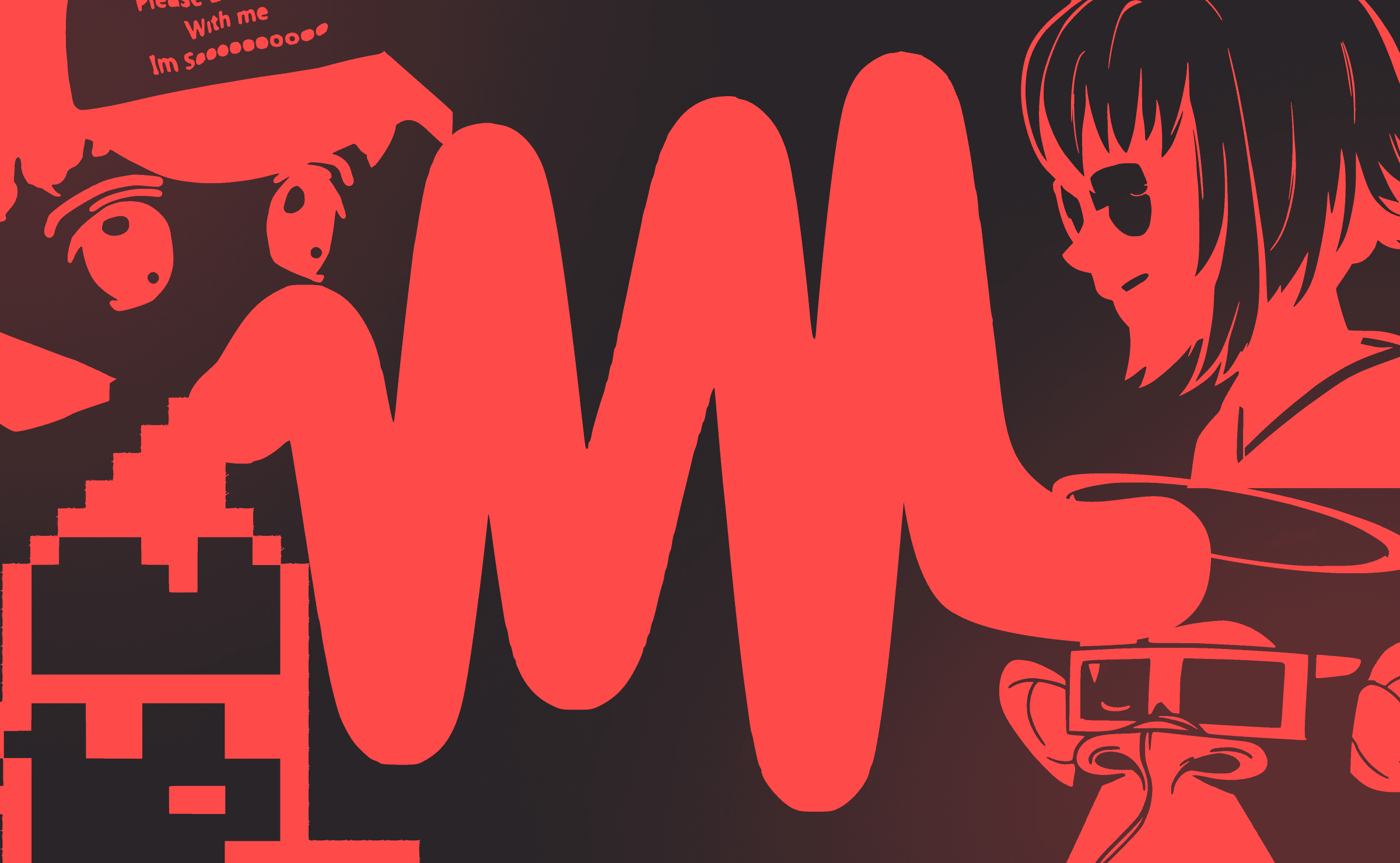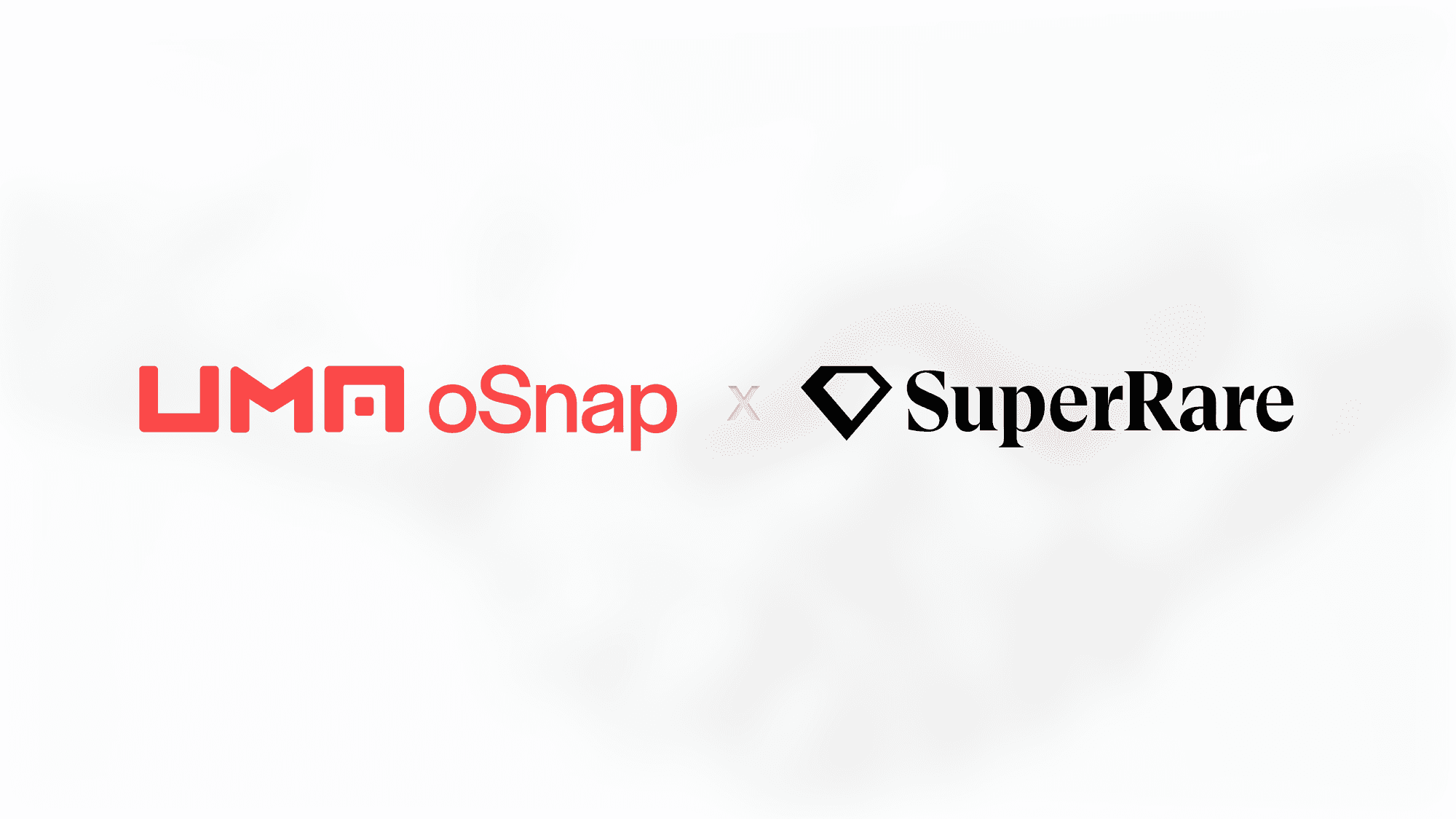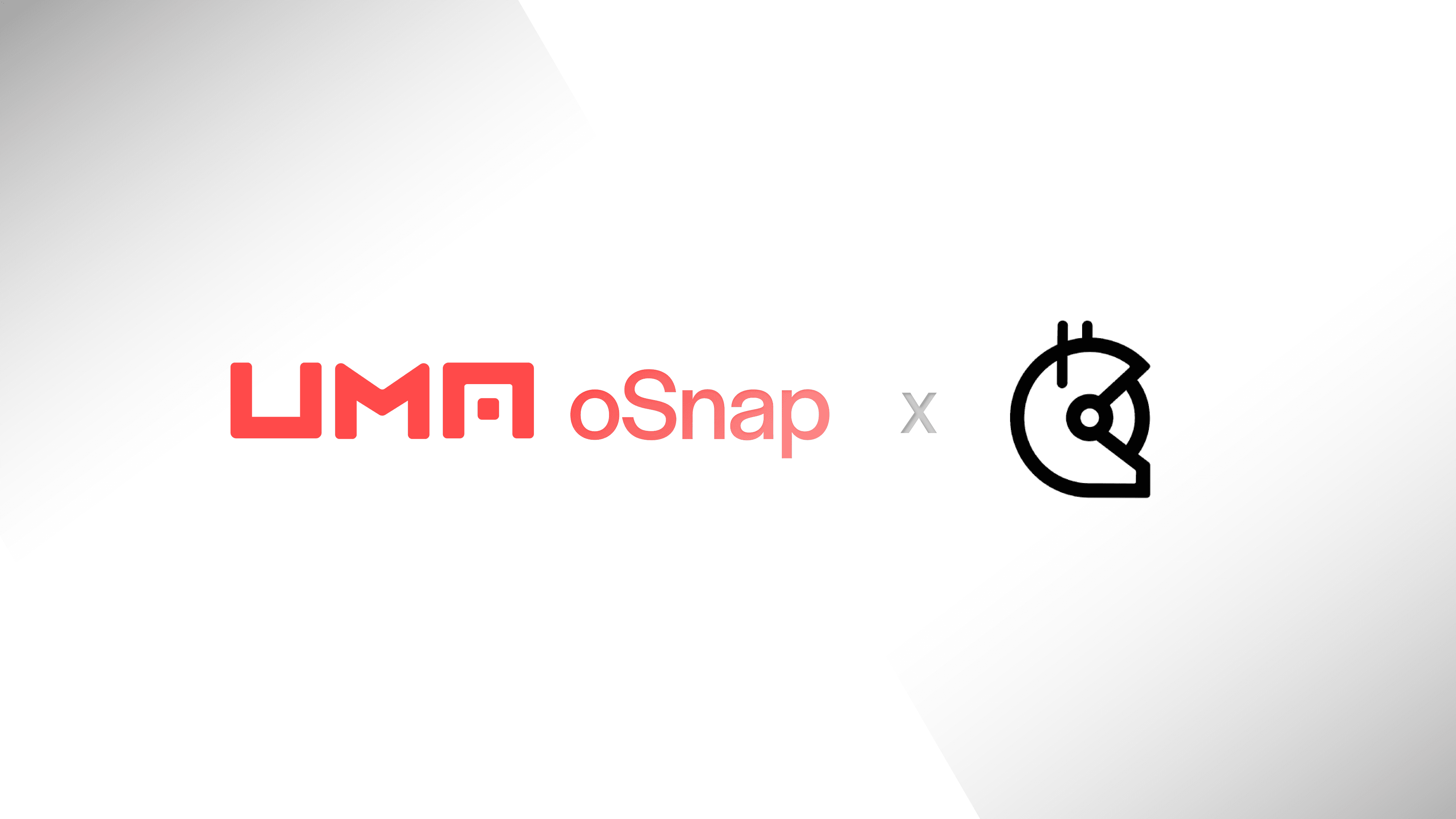As the NFT space evolves, can oSnap push it forward?
Tldr; The NFT ecosystem has evolved in recent years as niches like the “PFP” trend have emerged, but it falls behind on governance. oSnap’s optimistic governance mechanism can help the space mature by giving projects a way to operate in a trustless manner.
Key takeaways:
The NFT ecosystem features many community-governed projects, though NFTs rarely represent voting power today.
oSnap’s optimistic governance mechanism could help DAOs overseeing NFT projects, bringing more decentralization to the space.
The NFT space still needs time to mature as it’s one of crypto’s youngest niches.
NFTs are one of crypto’s most promising innovations. Since the technology exploded in 2021, non-fungible digital assets have transformed the Web3 landscape and welcomed millions of new adopters. NFTs are powerful as they offer provable ownership for any kind of asset. In the space’s first major boom, they found success in the digital art scene. While it’s likely that NFTs will support many other kinds of innovations, art remains at the ecosystem’s core today. But NFTs add a new dynamic that traditional art lacks: community.
Since the 2021 explosion, art NFTs have played a fundamental role in Web3’s evolution. Yet the NFT ecosystem lacks decentralization. Many of the space’s top projects rely on centralized teams to execute their roadmaps. The few that do reach decisions through DAO governance still use trusted setups. As the space starts to mature, oSnap’s optimistic governance design could help projects that want to uphold Web3’s decentralized values. This feature explains how.
How NFTs went mainstream
NFTs hit the mainstream for the first time in early 2021. Arguably the biggest catalyst behind the surge came after Beeple sold an NFT collage of 5,000 pieces of his art, titled “Everydays: The First 5,000 Days,” at Christie’s for $69 million. Alongside Beeple, other digital artists like FEWOCiOUS and XCOPY saw huge success as the market grew in size. Celebrities and pop artists like Grimes and The Weeknd then started to experiment with the technology amid the froth. By the middle of the year, NFTs were everywhere as crypto entered “NFT summer.” Collins Dictionary even selected the term “NFT” as its word of the year.
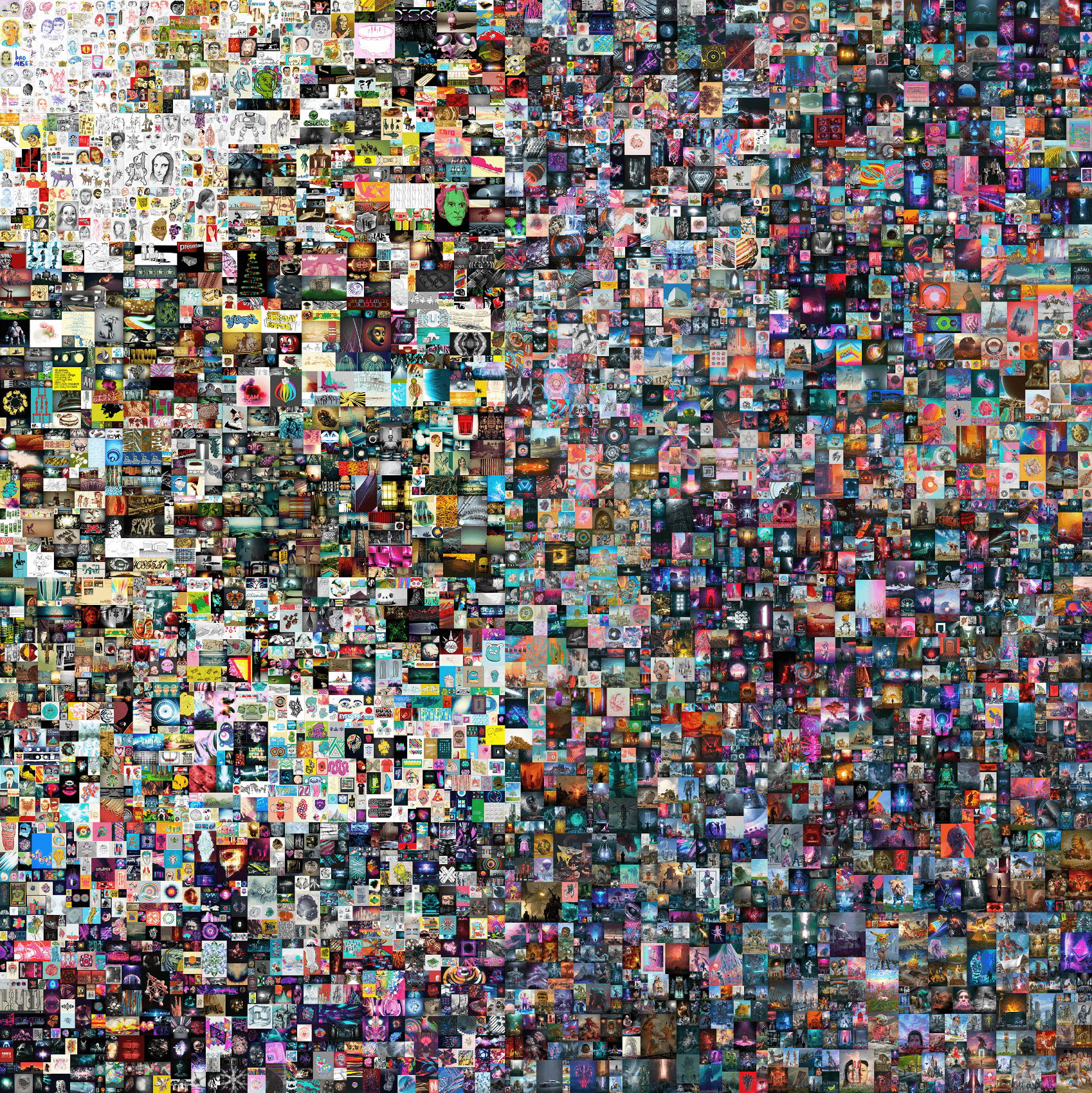
While digital artists like Beeple spearheaded NFT technology’s first mainstream moment, avatar-based collections, also known as “PFP” NFTs — a reference to their popular use as social media profile pictures — soon soared in popularity too. Taking inspiration from the early Ethereum collection CryptoPunks, many avatar-style projects emerged during the 2021 NFT hype cycle. While most lost steam over crypto winter, some have evolved into vibrant communities where like-minded collectors bond over their shared interests. Today, the “PFP” scene still sits at the heart of the NFT ecosystem.
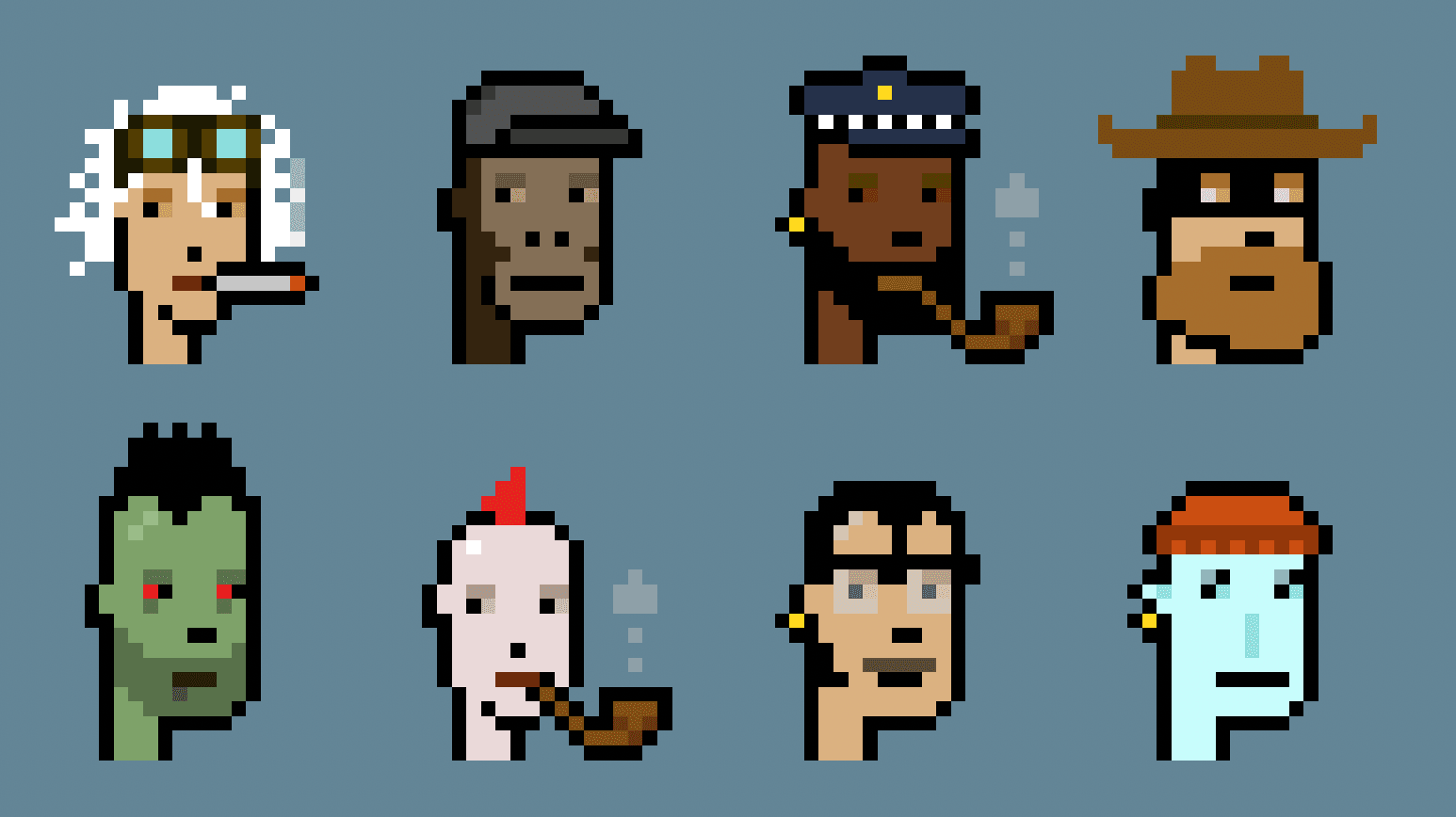
NFTs could offer myriad use cases in the future, from event ticketing to authenticating goods and digital fashion for the Metaverse. But to date, digital art and community are the technology’s two best-defined use cases. And though newer crypto entrants are unlikely to be able to spot much difference between a Beeple to a Bored Ape, the two niches greatly differ.
Art and community in the NFT space
Digital art NFTs tend to offer one thing: the art itself. When someone buys a digital art NFT, they buy it to consume the art and support the artist. Ideally, they pick an artist who could become a bigger name in the future, turning their NFT into an investment. In these cases, the artist is responsible for any updates and semblance of “governance.”
NFT collectors may expect a roadmap, but they don’t always have a say in how the projects are run.
By contrast, avatar NFTs focus primarily on community. Although avatar NFTs are based on artwork, avatar projects invite collectors to support a mission and connect with other community members with similar interests. The artwork is simply the community’s equivalent of a sports jersey, used to show allegiance to a set of values with a picture others can recognize. Avatar NFT collectors often buy into a project to gain access to the community and future utility. Yet while NFT collectors may expect a roadmap, they don’t always have a say in how the projects are run.
Barring some exceptions, NFTs rarely grant collectors voting power in a project’s governance process. Many projects fall back to a centralized team. In some cases, they may make big decisions like migrating assets to a new blockchain without holding a governance vote. Still, some projects have empowered their communities by giving them control of governance.
DAO governance in the NFT ecosystem
The DAO governance model is the standard modus operandi for DeFi projects in Web3 today, but it’s less common in the NFT space. Some projects, however, stand out for their embrace of the DAO model.
One example is Nouns, whose operations are managed by the Nouns DAO. One Noun NFT goes up for auction every 24 hours, and you need to own one to vote in Nouns DAO governance proposals (holders can also delegate their vote to a third party). Whenever a Noun auction closes, the $ETH raised gets sent to Nouns DAO’s treasury. It’s holding around $51 million today, per Etherscan data. The Nouns DAO votes on how to manage the treasury. In one recent proposal, community members discussed whether to diversify 400 $wstETH to $rETH, though it was later canceled. Another requests $200,000 to develop a Nouns-themed game, while another suggests using a 4-of-8 multi-sig wallet to distribute $129,000 as part of a partnership with WarpedWorld.
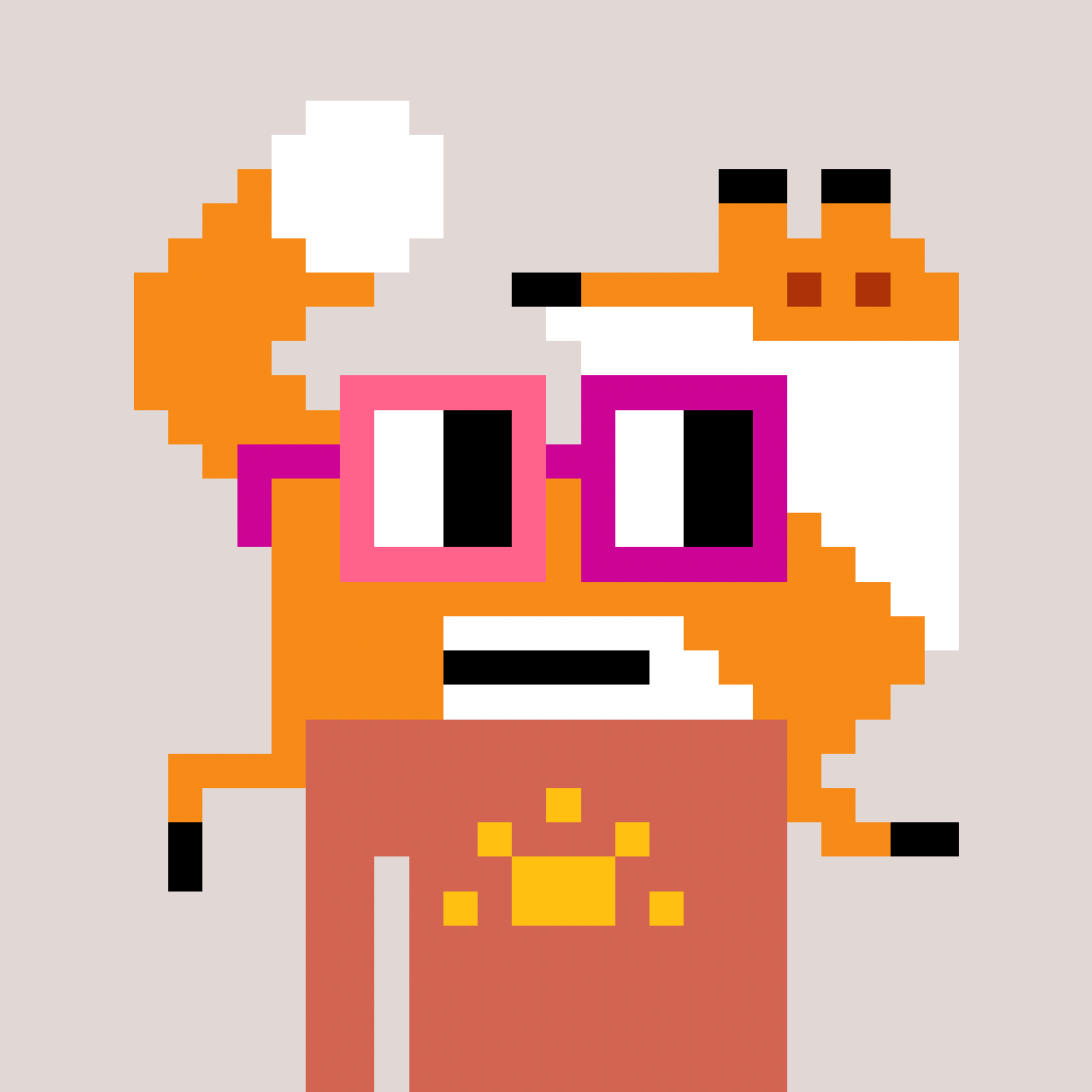
Botto also uses a DAO model, but it works differently to Nouns. Botto is the world’s first “decentralized autonomous artist.” It’s an AI robot that produces digital art, and its community members are responsible for voting on the best pieces to mint as NFTs on Ethereum. To join the Botto DAO, you need to hold the $BOTTO token or an NFT access pass. Community members select from 350 “fragments” every week to help Botto’s art evolve and use Snapshot to vote in governance proposals. Recent governance votes to pass include a proposed collaboration with the digital artist Ryan Koopmans and a planned exhibition and auction at the Verse gallery in London. The Botto DAO also votes on how to make treasury allocations, such as paying project contributors.
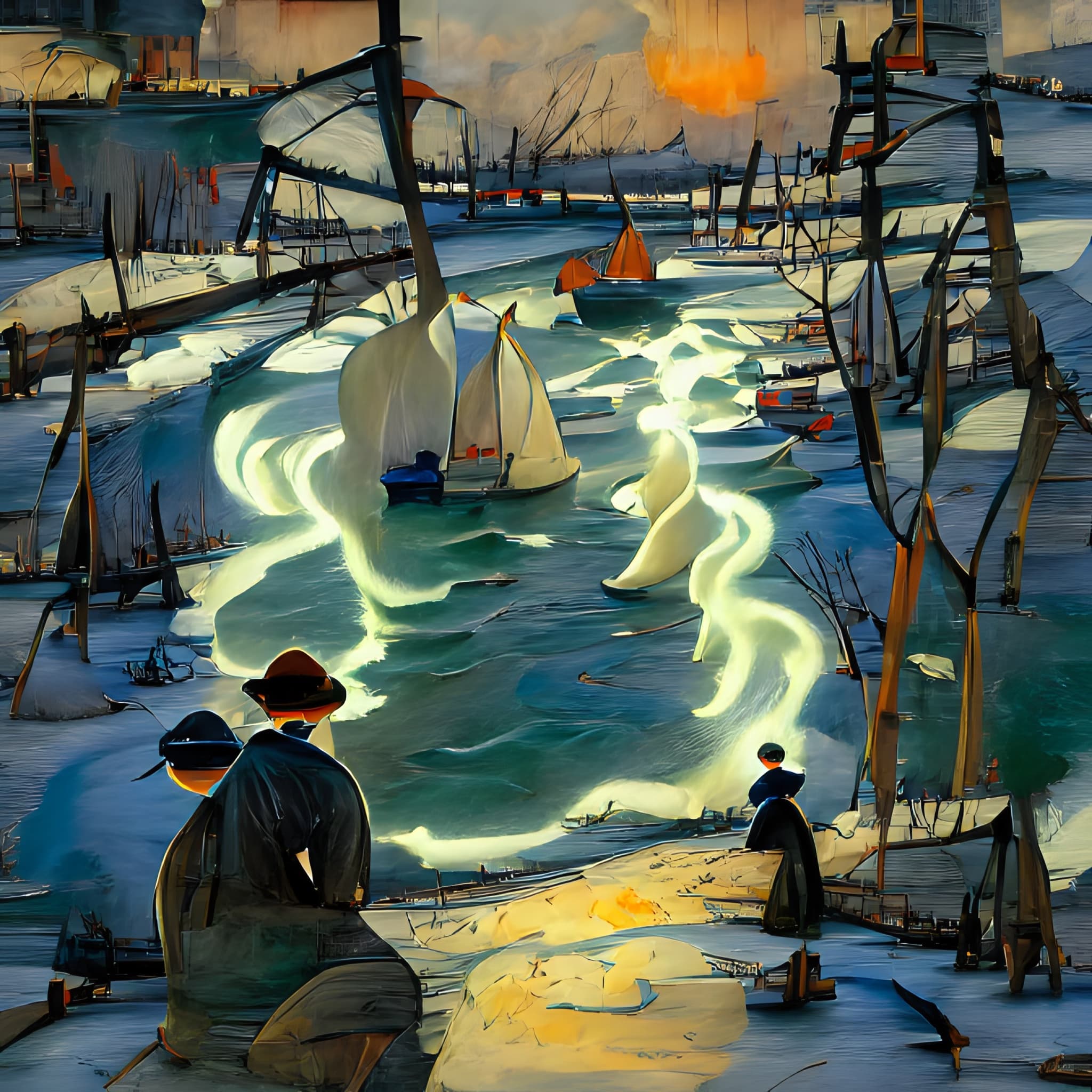
Like Botto, Treasure DAO is an NFT project that uses a fungible ERC-20 token for governance. Treasure is building a “decentralized gaming ecosystem.” Its flagship NFT avatar project is called Smol Brains, but community members use a token called $MAGIC to vote on proposals. As with Botto, off-chain voting takes place via Snapshot; the last proposal suggested using Treasure’s $MAGIC/$ETH liquidity to pay for developing a game called Bridgeworld. It passed with a 93.21% majority.
Doodles became one of the NFT space’s iconic avatar projects when it launched in late 2021. But unlike many other projects that emerged in the same era, Doodles NFTs work like Nouns, offering voting power in governance decisions. Doodles currently uses Snapshot, but its most recent proposal passed through a plan to sunset off-chain voting and elect a council to decide how funds are used.
The current list of NFT projects that use DAO governance are arguably the most decentralized in the space today. However, they are few and far between relative to the huge number of projects that have emerged since 2021. This reflects the nascent state of the NFT ecosystem today.
Web3 projects following Web2 principles
Some NFT projects launched with a central figure and have since evolved into community-run endeavors even though they have no roadmap. In this sense, they share similarities with Bitcoin and Ethereum, which became more decentralized over time. Popular examples include CryptoDickbutts and mfers, two meme-centric avatar projects where community fun is the main focus. The founders for the two projects bowed out after they launched. Neither CryptoDickbutts nor mfers has a roadmap, and there’s no token utility or DAO to govern.

Ethereum’s most iconic avatar NFT collection, CryptoPunks, is another centralized and decentralized hybrid. Larva Labs owned CryptoPunks when it launched the project with a free giveaway in 2017. Punks then became synonymous with a community of Ethereum power users. The project took on a new lease of life when Yuga Labs acquired it in early 2022, giving away IP rights to all Punk holders. Since then, a central team has made a number of key decisions to accelerate the project, such as pushing forward with the Punks Legacy Project, an initiative to donate selected Punks to fine art institutions like the Centre Pompidou. To make the donation possible, the team behind the Punks Legacy Project had to come to a decision and then transfer the NFT to Centre Pompidou in an on-chain transaction. This process could have been executed in a more decentralized manner with optimistic governance.
Many top NFT projects are run more like Web2 companies than DAO-based DeFi projects.
Many of Web3’s top NFT projects are managed in a similar way to CryptoPunks, adopting structures that share more similarities with Web2 companies than DAO-run DeFi projects. Such projects typically make announcements to their community rather than leaving the community to decide the project’s future. Examples include Moonbirds, Azuki, and Yuga’s viral hit Bored Ape Yacht Club. Each of these projects has won popularity by rewarding loyal holders with token airdrops, exclusive event access, and other benefits. However, some centralized projects have come under fire for making contentious decisions that negatively impact NFT holders without consulting the community.
How NFT projects could use oSnap for governance
While projects can push for decentralization by operating as DAOs, they don’t always eliminate reliance on trust. Even when DAOs reach decisions on votes in a decentralized manner, individuals on a central team usually have to execute voting decisions on-chain. Optimistic governance is currently Web3’s best solution to this problem, using optimistic assumptions to push transactions with incentive-aligned tokenholders asked to dispute any errors. oSnap, the UMA-powered optimistic governance tool that uses Snapshot and Safe, is an example of an optimistic governance execution tool.
Optimistic governance has not yet caught on in the NFT space, but it has obvious benefits for DAO-based projects. NFT DAOs typically take responsibility for managing project treasuries, often to the tune of tens of millions of dollars. Treasuries should be overseen by incentive-aligned community members, but the funds are often handled by a small group of central figures. This means that the DAO has to trust those managing the funds to act with honest intentions. Any NFT DAO that falls back on a multi-sig wallet faces this problem.
Optimistic governance has obvious benefits for NFT DAOs.
But the potential benefits go beyond treasury management. NFT DAOs use Snapshot or other voting tools to reach decisions like distributing rewards, allocating funds, and, in Botto’s case, selecting artwork to go to mint on the blockchain. But as Snapshot is off-chain, the DAOs have no way of executing governance decisions on-chain.
oSnap is the perfect solution for NFT DAOs looking to maintain decentralization. Launched in collaboration with Snapshot and the Gnosis Guild team, oSnap uses UMA’s optimistic oracle and Safe’s industry-leading multi-sig wallets to execute the results of off-chain Snapshot votes on-chain. oSnap offers flexibility for projects that want to add customizations, something that could help NFT projects in their various endeavors. For example, a DAO could use it to automatically distribute rewards, make treasury payments, or for any other kind of on-chain decision.
oSnap and the future of the NFT space
NFTs are a nascent niche in a young asset class. If Bitcoin is an adolescent, NFTs are just entering their toddler years. As such, it’s likely that the full potential for the space is still unknown. The stars of the first NFT explosion show just a hint of how the technology could reshape our understanding of ownership forever. Where the crypto movement has shown that digital asset ownership is the future, NFTs have shown that every kind of asset will be tokenized in the future.
While some early NFT projects have found success by championing Web2-like values, those embracing community and decentralization are blazing a new trail, potentially positioning themselves for longevity.
The crypto movement has shown that digital ownership is the future. NFTs have shown that every kind of asset will be tokenized in the future.
Many of the most innovative projects in the NFT ecosystem use DAOs. As use cases expand beyond digital art, we can expect to see more NFT DAOs form. Whether projects increasingly use non-fungible or fungible tokens for governance, there’s little doubt that community will remain at the center of the space.
UMA also hopes to see the NFT space evolve into a community-driven ecosystem where decentralization is seen as a must-have rather than a nice-to-have. For the projects that uphold Web3’s values by eliminating trust in favor of their communities, oSnap will be there to help them flourish.
oSnap is free to use. If you are interested in integrating the solution into your project or learning more about the product, start by filling out this form here. Then, follow UMA on Twitter and join the Discord.
Words by @dreamsofdefi
Disclosure: At the time of writing, the author of this piece owned an edition of Botto’s Seaport Subject, two Otherside plots, and an assortment of other NFTs. None of the information presented in this article constitutes financial advice.
